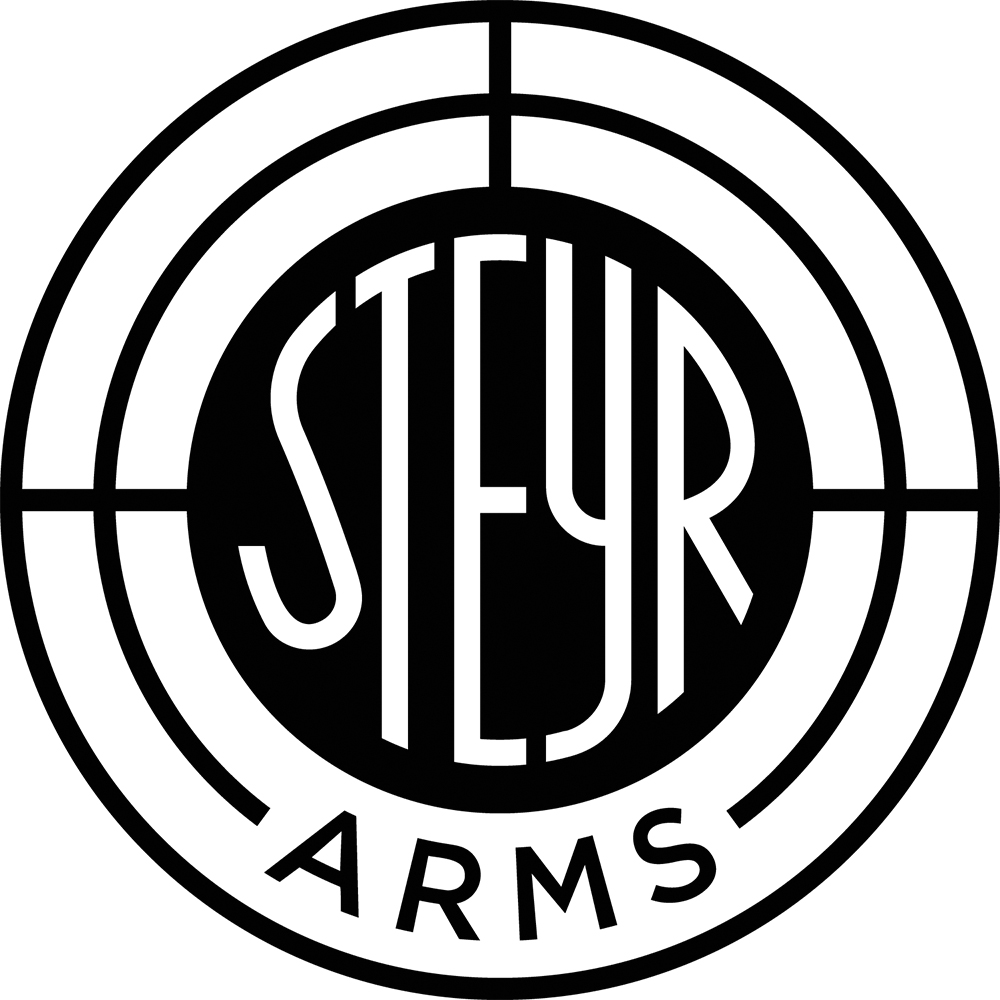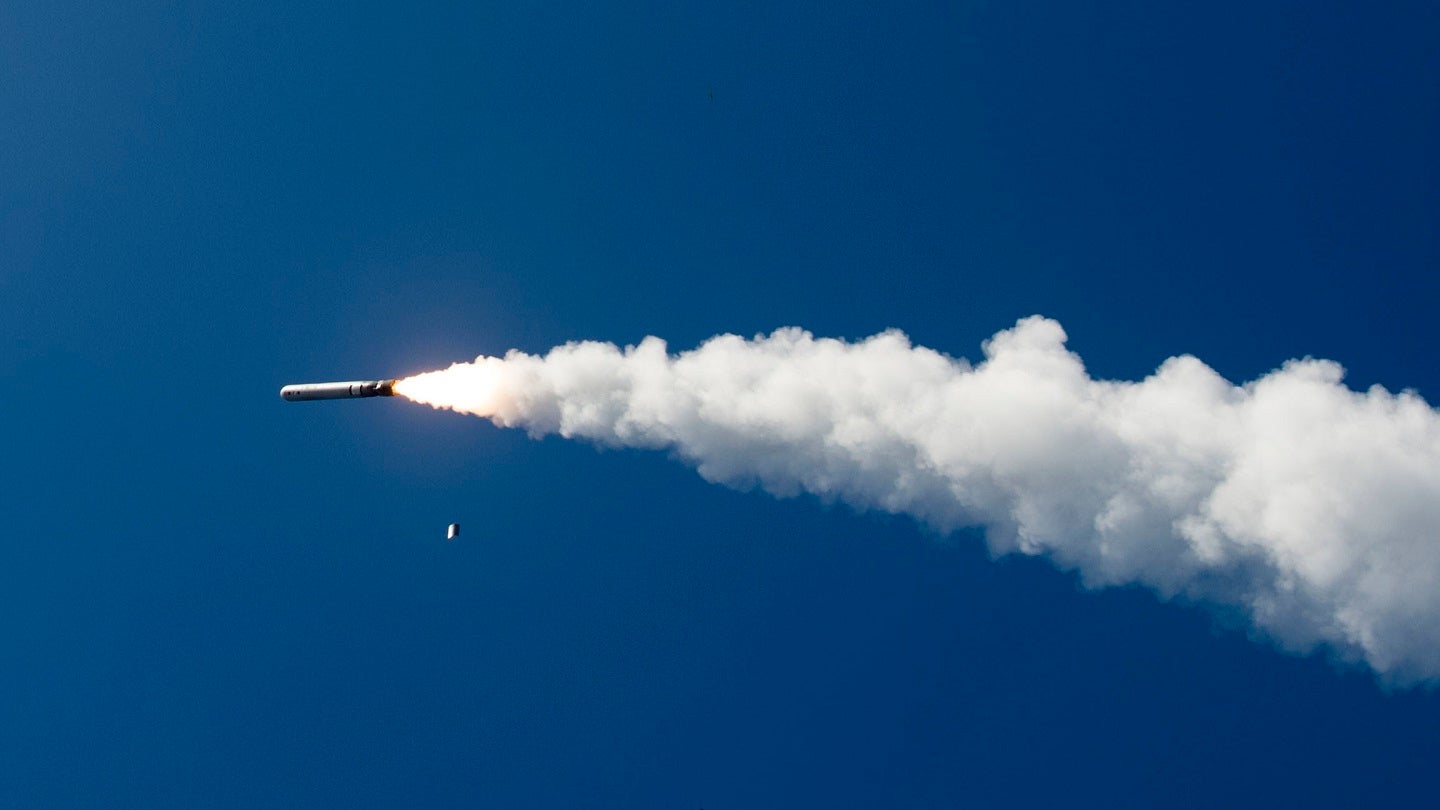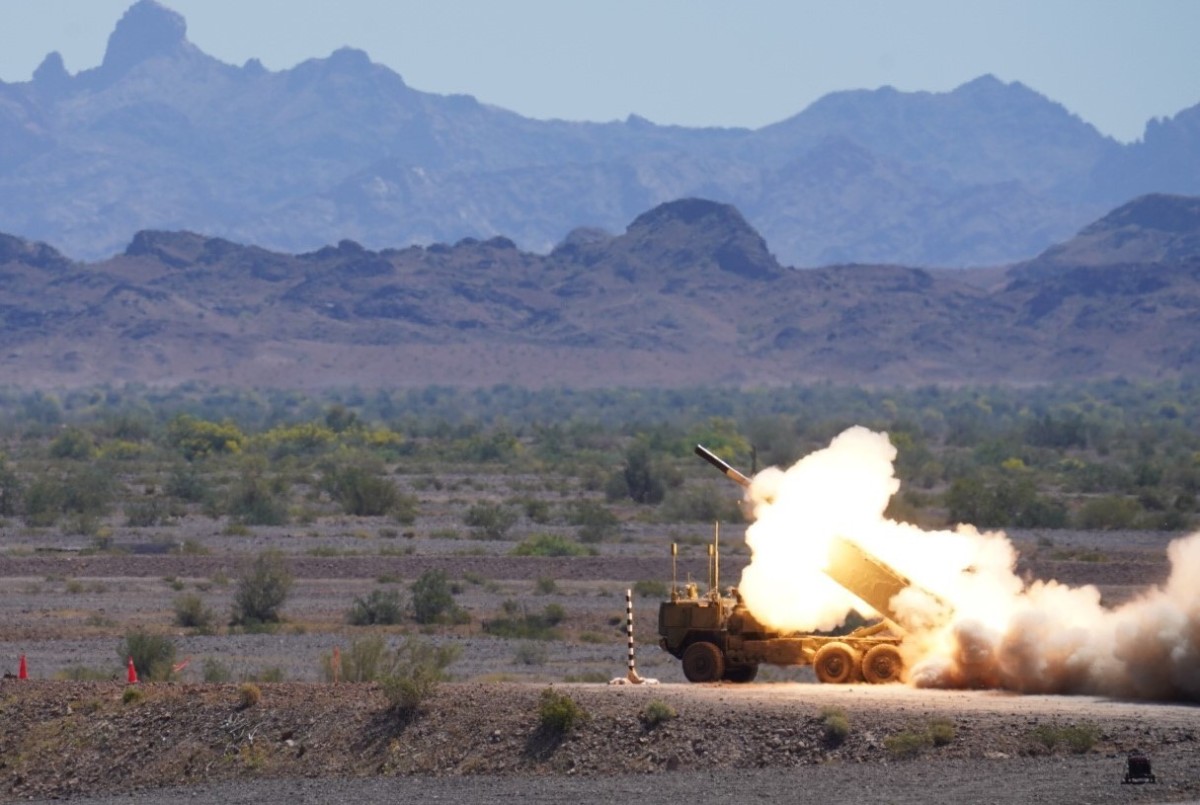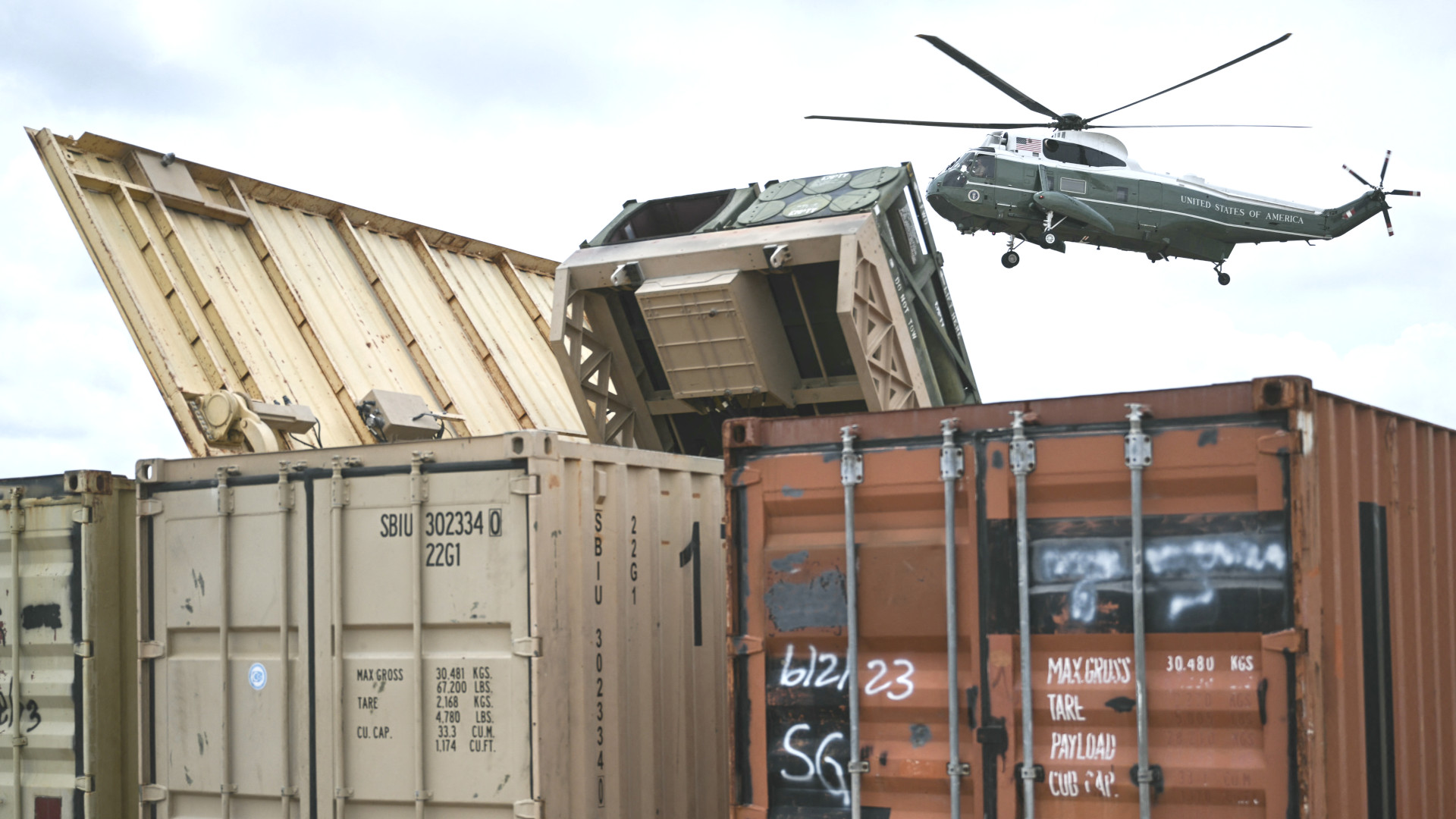It is starting to look like the MFOM is platform independent. The actual constant is the launch pod.
View attachment 92234
Oshkosh has now added it to its NMESIS ROGUE Fires autonomous JLTVs for the USMC.
The means that the JLTV can now launch Hero-120 Loitering Munitions, NSM/JSM missiles and everything that can be, or will be, packed in an MRLS pod. 6 of the original 227 mm rockets, 1 of the ATACMS, 2 of the PrSM family, including the LBASM and, prospectively 30 modernized long range 120 mm rockets, with and with out precision guidance kits.
The same vehicle can also launch a Tomahawk missile, which also exists in anti-ship form, out to a range of over 1600 km and is available today. From our neighbour. If they choose to sell it to us.
View attachment 92237View attachment 92238
Oshkosh Defense equips ROGUE-Fires autonomous vehicle with HIMARS rockets for long-range strike capability

armyrecognition.com
USMC Systems Command shares more details and information on their Long-Range Missile Battery mounted on an unmanned JLTV 4x4 truck.

www.navalnews.com
The Maritime Strike Tomahawk is designed to provide a naval anti-surface warfare capability to the long-serving land-attack cruise missile.

www.naval-technology.com
So-called "suicide drones" will give Marine units a new option for finding threats and engaging them precisely on land and at sea.

www.twz.com
So the RRCA could opt to mount their equipment on the MSVS family or possibly even the Zetros 4x4 of the LVM-L family. Or even on the back of a Ford F550.














